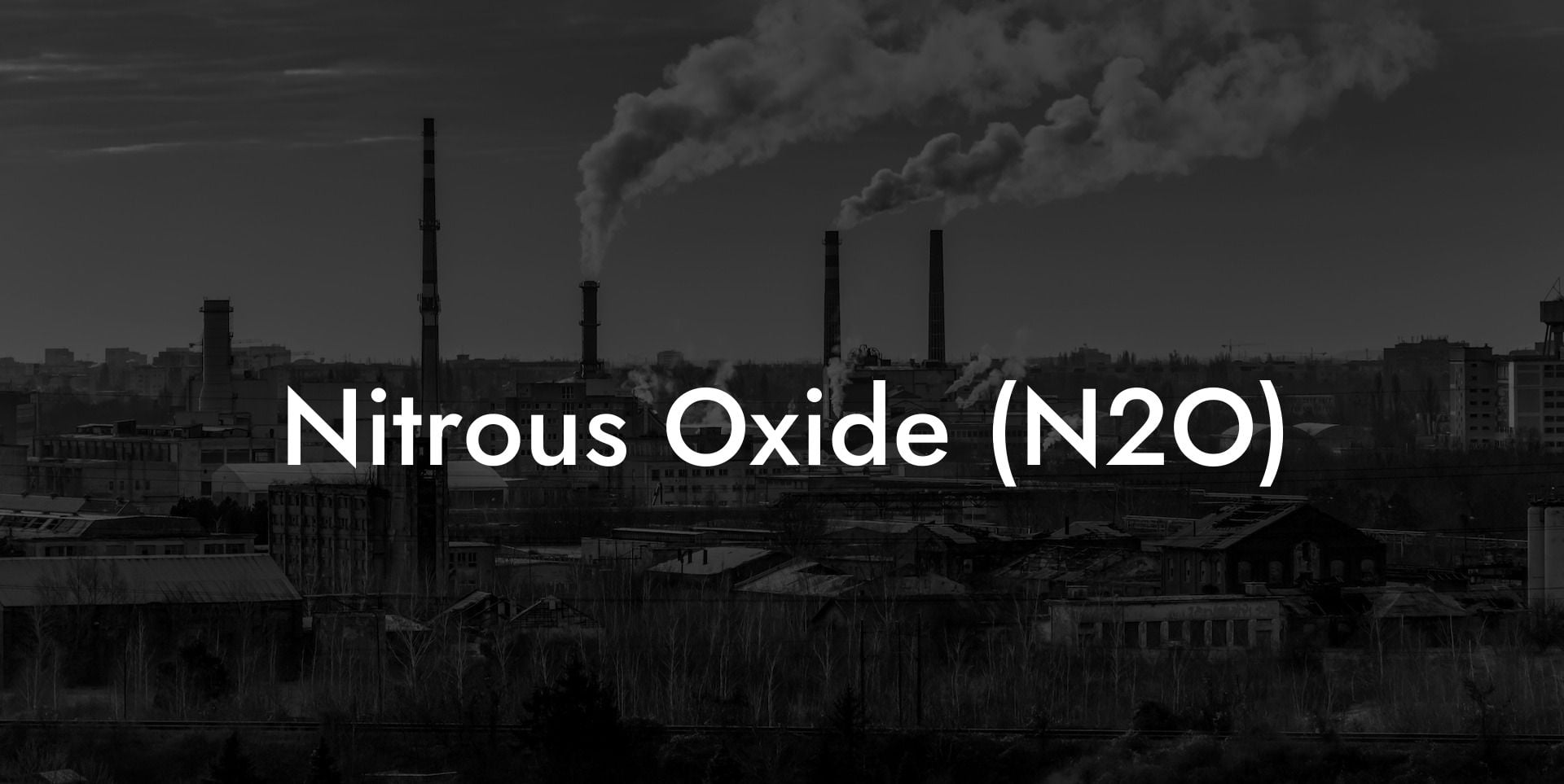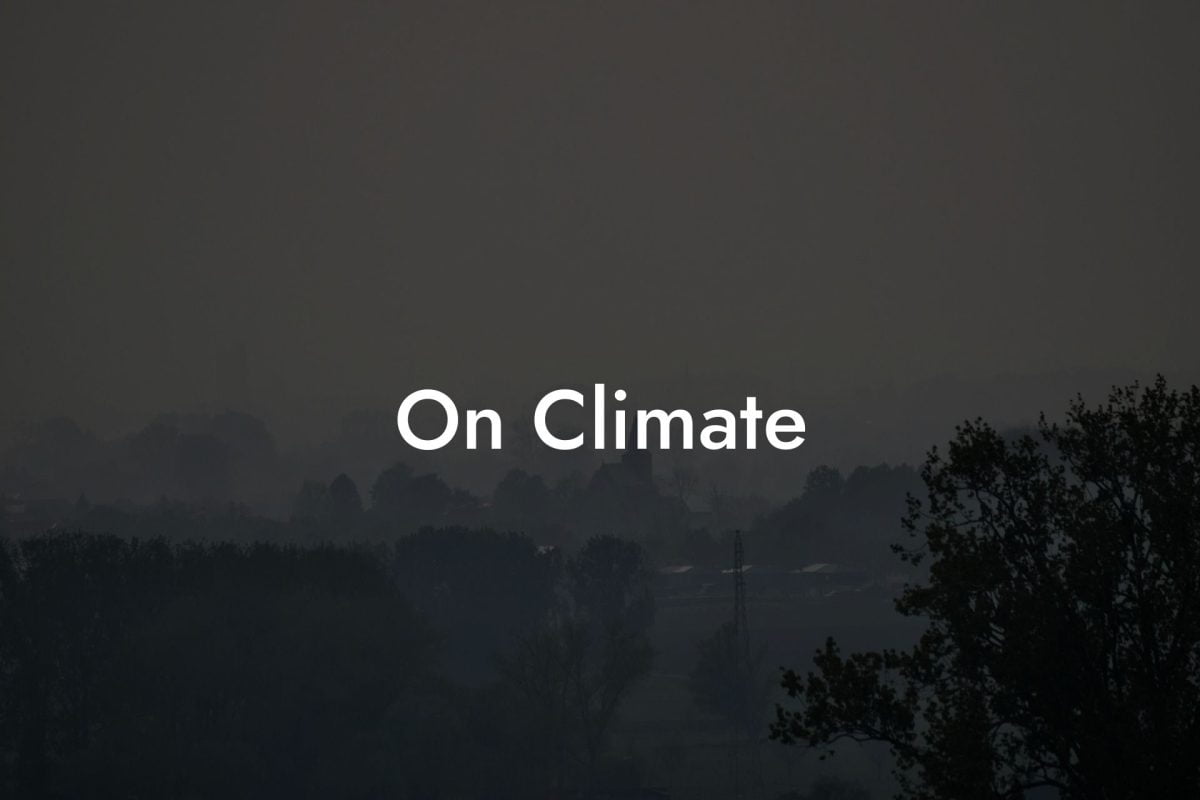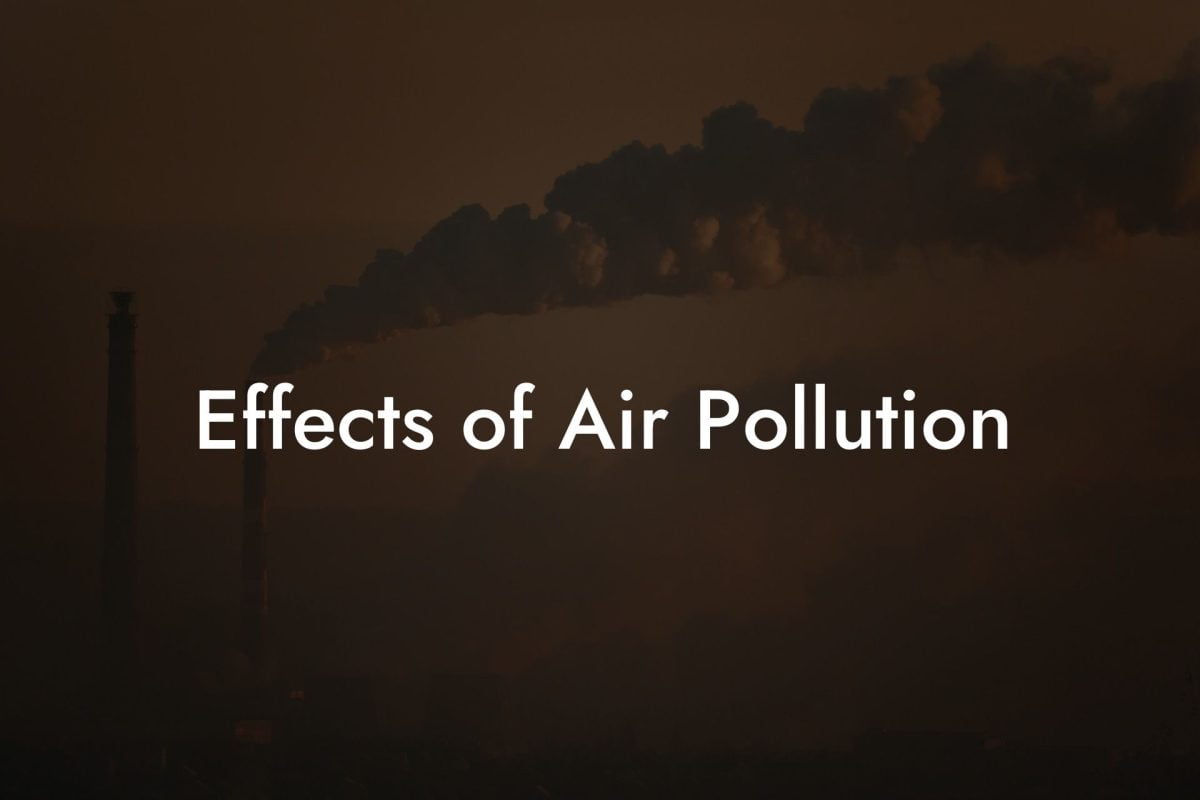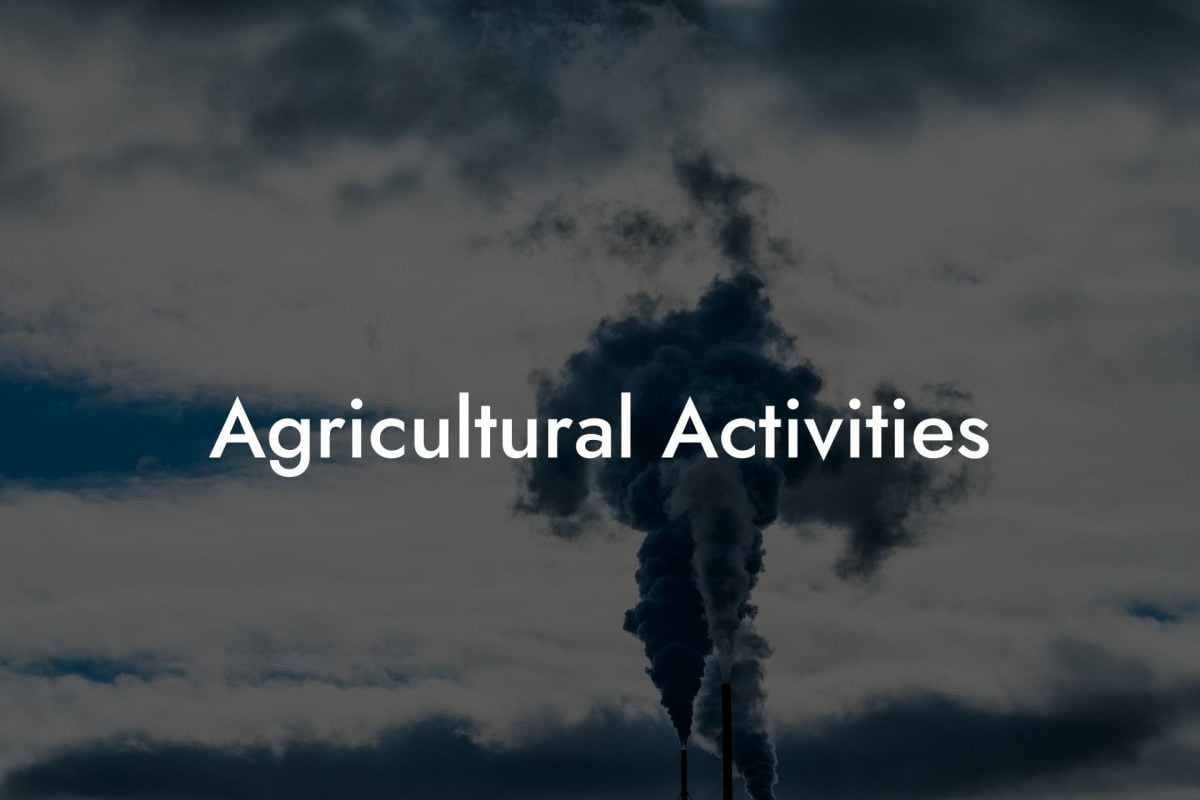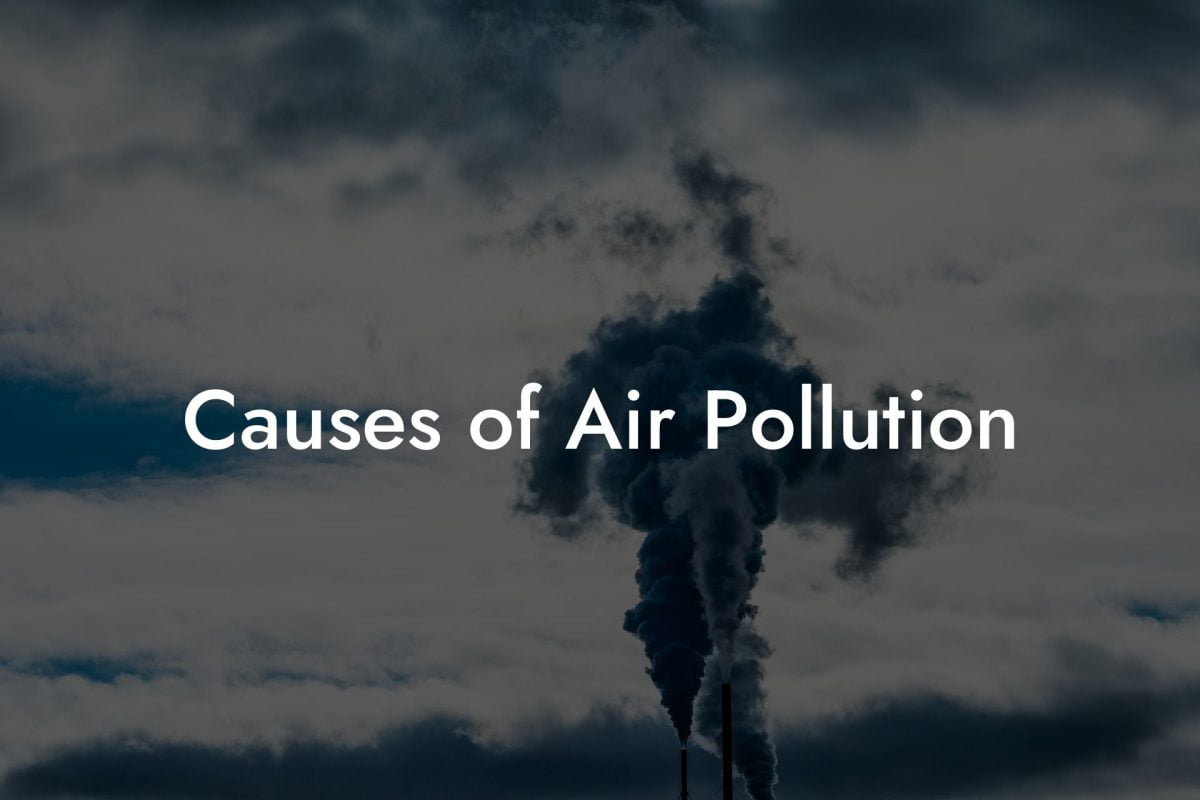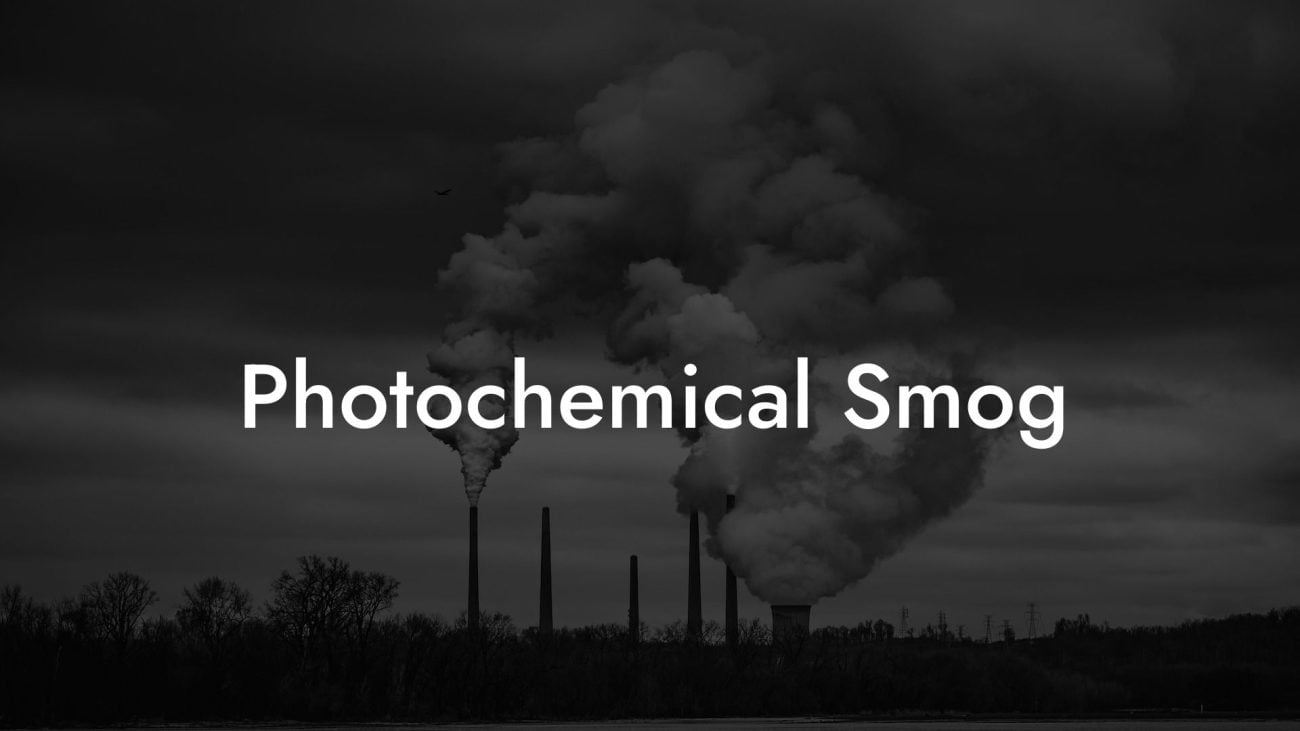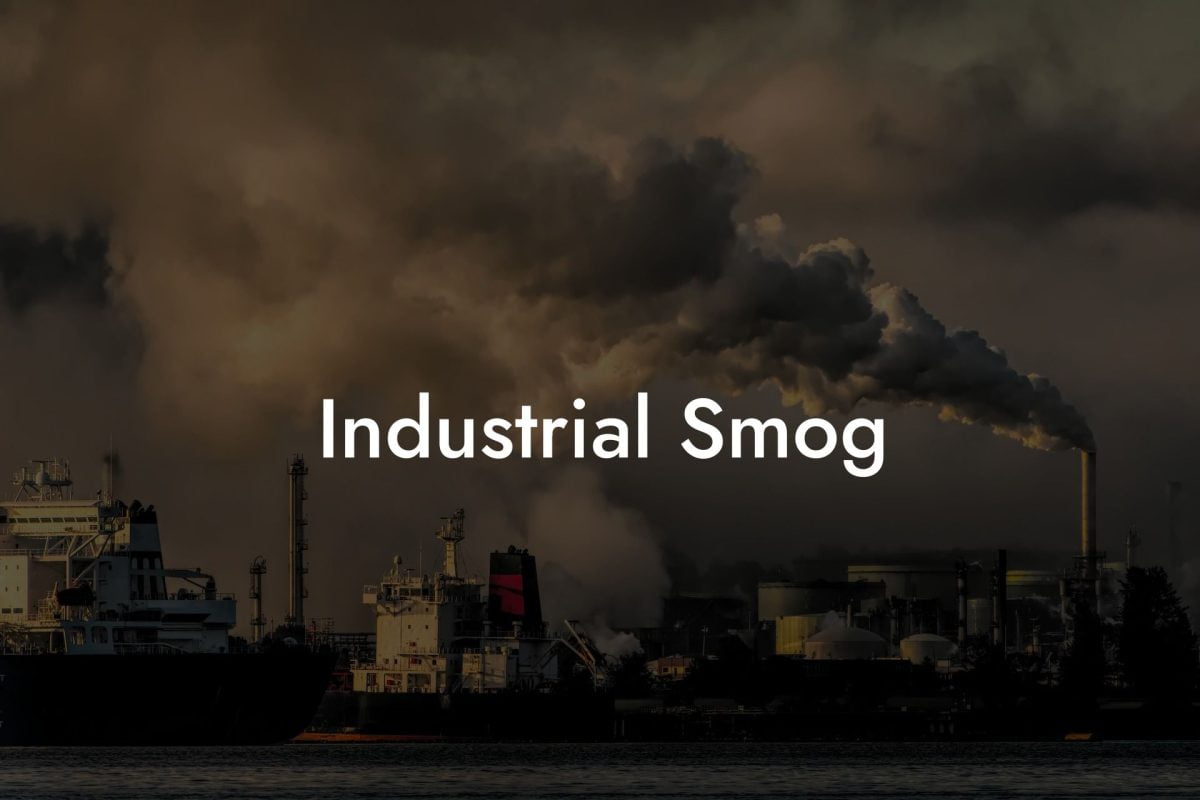Introduction to Nitrous Oxide
Nitrous Oxide (N2O), commonly known as 'laughing gas', is a greenhouse gas that plays a significant yet often overlooked role in climate change and air pollution. Understanding N2O is crucial for comprehensive climate strategies.
What is Nitrous Oxide?
N2O is a colorless, non-flammable gas with a sweet odor. It occurs both naturally and as a result of human activities, and it's over 300 times more potent than carbon dioxide (CO2) in trapping heat in the atmosphere over a 100-year period.
Sources of Nitrous Oxide
Agricultural Activities
The primary human-made source of N2O is agriculture, particularly from soil cultivation practices, the use of synthetic and organic fertilizers, and manure management.
Fossil Fuel Combustion
Burning fossil fuels in power plants and vehicles also releases N2O.
Industrial Processes
Certain industrial activities, especially the production of nitric acid and adipic acid, are significant sources of N2O emissions.
Natural Sources
Naturally, N2O is released by bacteria in soils and oceans.
Impact on Climate Change
N2O is a powerful greenhouse gas, contributing significantly to the greenhouse effect and global warming.
N2O is also involved in the depletion of the stratospheric ozone layer, which protects the Earth from harmful ultraviolet (UV) radiation.
Health and Environmental Implications
While N2O itself doesn't directly impact air quality, its contribution to climate change can exacerbate air pollution problems.
Ecosystem Disruption
Climate change driven by N2O and other greenhouse gases can lead to disrupted ecosystems and loss of biodiversity.
Strategies for Mitigating N2O Emissions
Sustainable Agricultural Practices
Modifying agricultural practices, such as optimizing the use of fertilizers and improving livestock manure management, can significantly reduce N2O emissions.
Clean Energy
Reducing reliance on fossil fuels and promoting renewable energy sources can decrease N2O emissions from combustion.
Industrial Controls
Implementing best practices and emission control technologies in industries can help in reducing N2O output.
N2O concentrations are monitored globally through various environmental programs to understand trends and inform policy decisions.
Regulation and Policy
International and national regulations aim to control N2O emissions, particularly from industrial and agricultural sources.
Nitrous Oxide in the UK Context
UK Emission Trends
In the UK, N2O emissions are monitored, and efforts are made to reduce emissions in line with climate commitments.
UK Air Pollution: Your Source for N2O Data
Comprehensive N2O Database
UK Air Pollution offers extensive data on N2O emissions for all locations and postcodes across the UK, making it an essential resource for understanding and addressing N2O-related issues.
Why Choose UK Air Pollution?
Our platform provides accurate and current data in an engaging and informative manner, making it an invaluable tool for researchers, policymakers, and the public interested in air quality and climate change.
Enhancing Environmental Understanding and Action
Rely on UK Air Pollution for in-depth insights into Nitrous Oxide emissions, supporting your research projects, policy development, and environmental initiatives.
Frequently Asked Questions
What is Nitrous Oxide?
Nitrous Oxide, commonly known as laughing gas, is a colorless gas with a slightly sweet odor and taste. It is a chemical compound with the formula N2O and is a significant greenhouse gas.
How is Nitrous Oxide Produced?
N2O is produced naturally from a wide variety of biological and geological processes. Human activities, such as agriculture, fossil fuel combustion, wastewater management, and industrial processes, also contribute to its production.
Why is Nitrous Oxide Important?
Nitrous Oxide is a potent greenhouse gas and has a significant impact on climate change. It has a global warming potential approximately 300 times greater than carbon dioxide (CO2) over a 100-year period.
What are the Main Sources of Nitrous Oxide Emissions?
The primary human-made sources of N2O emissions include agricultural activities, such as the use of synthetic and organic fertilizers, fossil fuel combustion, biomass burning, and industrial processes.
How Does Nitrous Oxide Contribute to Global Warming?
N2O absorbs and traps radiation in the atmosphere, contributing to the greenhouse effect and global warming. It is the third most significant greenhouse gas emitted by human activities.
What is the Role of Nitrous Oxide in Agriculture?
In agriculture, N2O is mainly released from the use of synthetic and organic fertilizers, as they stimulate the natural processes that produce N2O in soils.
Can Nitrous Oxide Affect Human Health?
Inhaling nitrous oxide in small quantities can cause euphoria, which is why it's commonly known as laughing gas. However, prolonged exposure or high concentrations can lead to serious health effects like oxygen deprivation.
How Long Does Nitrous Oxide Stay in the Atmosphere?
Nitrous oxide stays in the atmosphere for an average of about 114 years, which is longer than many other greenhouse gases.
How is Nitrous Oxide Measured in the Atmosphere?
Nitrous oxide levels are typically measured in parts per billion (ppb) using advanced atmospheric monitoring equipment and techniques.
What Are the Environmental Effects of Nitrous Oxide?
Apart from contributing to global warming, nitrous oxide also plays a significant role in the depletion of the stratospheric ozone layer, which protects the Earth from harmful ultraviolet (UV) radiation.
How Does Nitrous Oxide Compare to Other Greenhouse Gases?
While N2O is less abundant in the atmosphere compared to CO2 and methane (CH4), its impact as a greenhouse gas is significant due to its high global warming potential and long atmospheric lifetime.
What Role Does Nitrous Oxide Play in Anesthesia?
Nitrous oxide is used as an anesthetic and analgesic, often in dentistry and surgery, due to its pain-relieving and anxiety-reducing effects.
Can Nitrous Oxide Be Used as a Fuel?
N2O is sometimes used as an oxidizer in rocket motors and in motor racing to increase engine power.
How Can Nitrous Oxide Emissions Be Reduced?
Reducing nitrous oxide emissions can be achieved by improving agricultural practices, such as optimizing the use of fertilizers, adopting sustainable livestock and manure management practices, and using fuel-efficient technologies.
What is the Impact of Nitrous Oxide on the Ozone Layer?
N2O is one of the few substances that can reach the stratosphere and break down under UV light, releasing nitrogen oxides that contribute
to the depletion of the ozone layer.
How Do Water Treatment Processes Emit Nitrous Oxide?
Nitrous oxide is emitted during wastewater treatment processes, especially where denitrification occurs. It's a byproduct of the biological processes that remove nitrogen from wastewater.
Are There Natural Sinks for Nitrous Oxide?
Unlike CO2, there are no significant natural sinks (like forests or oceans) that can absorb and break down N2O in large quantities. This contributes to its longevity in the atmosphere.
How Does Climate Change Affect Nitrous Oxide Emissions?
Climate change can increase N2O emissions, especially from agricultural soils. Warmer temperatures can enhance the microbial processes that produce nitrous oxide.
What Are the Industrial Uses of Nitrous Oxide?
Besides its use in medicine and racing, N2O is used in semiconductor manufacturing, rocket propulsion, and sometimes in food packaging to inhibit bacterial growth.
How Does Soil Management Impact Nitrous Oxide Emissions?
Soil management practices, such as crop rotation, cover cropping, and reduced tillage, can impact N2O emissions by affecting soil health and the processes that produce nitrous oxide.
What Are the Challenges in Reducing Nitrous Oxide Emissions?
Reducing N2O emissions is challenging because it's a byproduct of essential activities like food production and wastewater treatment. Innovations in these sectors are necessary to effectively reduce emissions.
How Do Nitrous Oxide Emissions Relate to Energy Production?
N2O emissions from energy production come mainly from burning fossil fuels, where high combustion temperatures facilitate the formation of nitrous oxide.
Can Changes in Diet Help Reduce Nitrous Oxide Emissions?
A shift towards a plant-based diet can potentially reduce N2O emissions, as it would decrease the demand for agricultural practices that heavily contribute to these emissions, particularly livestock farming.
What Policies Can Help Control Nitrous Oxide Emissions?
Policies aimed at controlling N2O emissions include incentives for improved agricultural practices, regulations on industrial emissions, investment in renewable energy, and promoting research into N2O reduction technologies.


